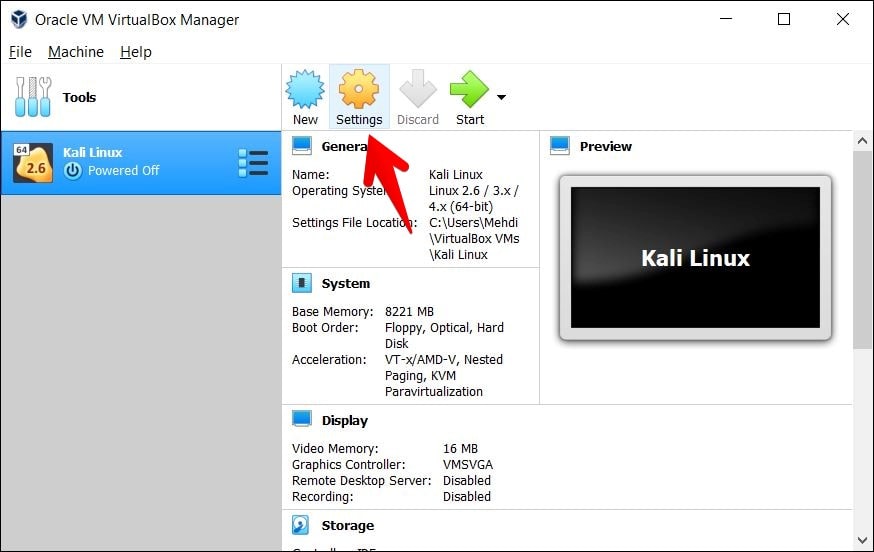

VDI makes virtual desktop deployment simplified. VDIs are ideal for bring your own device (BYOD) policies since processing is carried out over a centralized server, which allows the use of a wider range of devices. What is VDI Used For?Īlthough VDIs can be utilized in several diverse ways, there are a few use cases that are particularly suited for VDI environments: BYOD

However, the rise in enterprise adoption of hyperconverged infrastructure (HCI) offers a solution that provides scalability and high performance at a lower cost. Previously, its high-performance requirements made it pricy and challenging to deploy on legacy systems, which created problems for many businesses. VDIs provide several benefits, including user mobility, ease of access, flexibility, and greater security. Regular client PCs, thin clients, and other devices such as tablet devices and mobile phones can be used to connect to virtual desktops. Since the operating systems and applications in virtual desktops all reside on the VDI server, there are minimum system requirements for the user devices that connect to the VDI. Remote users connect to the VMs, boot them up and then work on their virtual desktops. They then provision the virtual desktops with the applications required by their users. With a hypervisor, VDI administrators can create VMs on server hardware, then install guest operating systems such as Windows, macOS, and Linux on those VMs. With virtual desktops and their data residing in a central location, you avoid potentially destructive system crashes and minimize data theft potential. Thus, a VDI does away with the constraints of traditional office-based computing. Instead, they can use practically any device to access their virtual desktops from anywhere. With a virtual desktop, users are not tied down to the PCs on their desks. What Is a VDI?Ī VDI allows organizations to take advantage of the always-on, run-anywhere nature of virtual computing. Thus, a VDI is a viable option for beating the costly maintenance cycles of traditional hardware. Since virtual desktops run from a central location, a VDI is easier to maintain than individual networked PCs. A hypervisor like the VMware ESXi allows you to create and run guest VMs on a VDI server. A virtual desktop infrastructure (VDI) is a networked environment where physical servers host-guest virtual machines (VMs) provisioned as desktops for remote users.


 0 kommentar(er)
0 kommentar(er)
